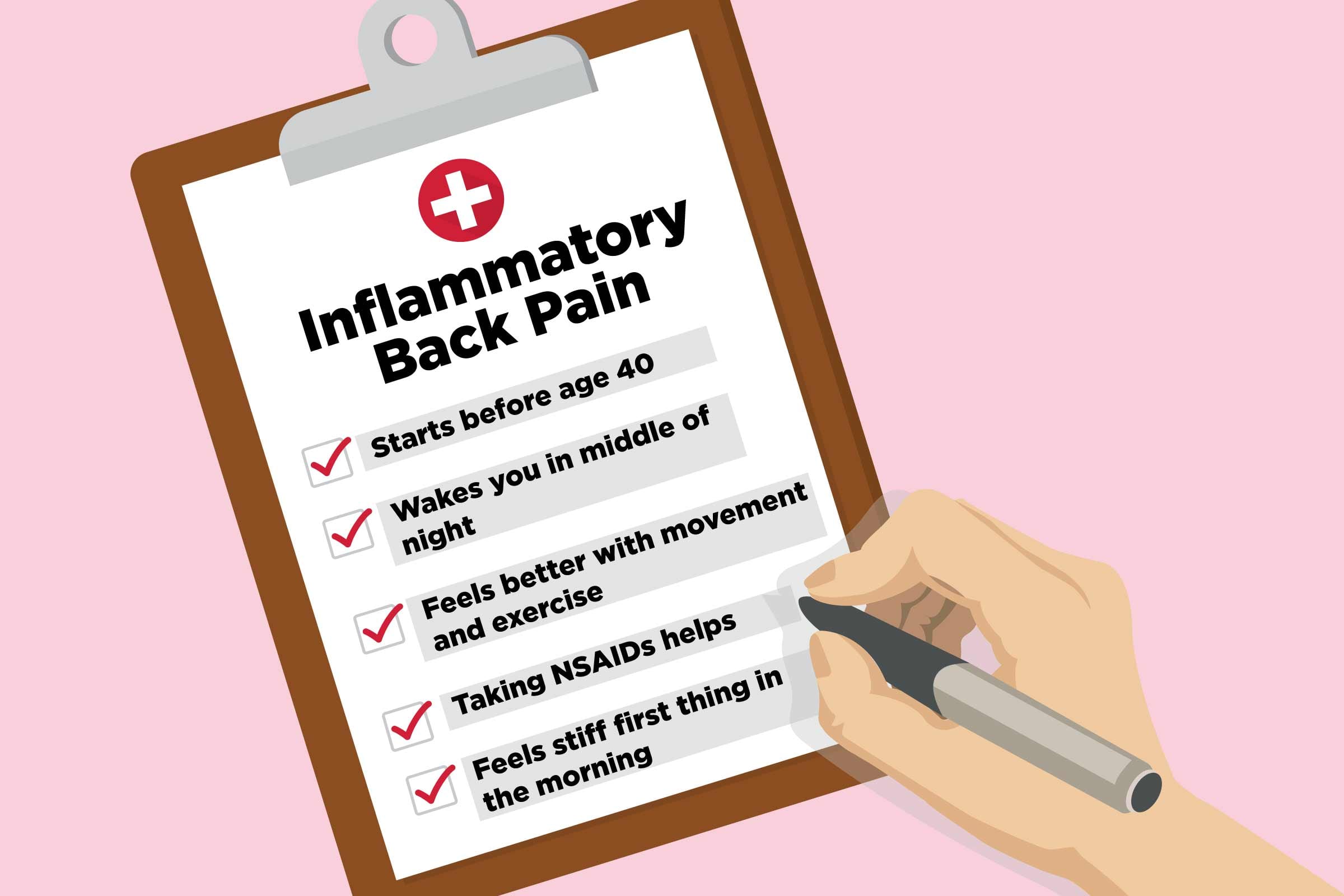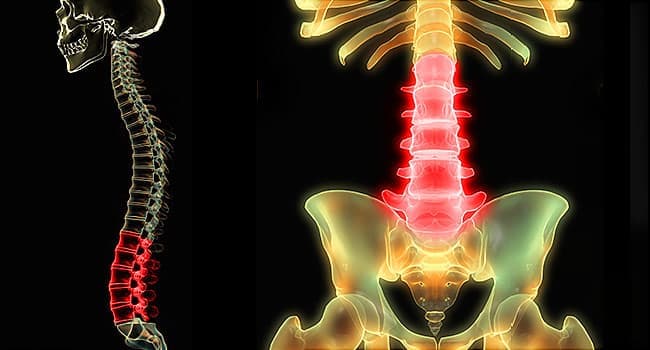I know that in the end only a doctor can give me real advice, but in the current situation I try to avoid going to doctors if it's not really urgent.
So I am experiencing now already months a certain lower back pain, which occurs every time I play tennis. The pain is worst the day after I played, exactly when I get out of bed. Sometimes this movement is the most terrible. I feel quite stupid writing this since I am quite sporty, atheltic 28 years old guy, but I sound like worse than my dad with a artificial hip and leg prothese implemented. I play tennis not on a really high level (don't play matches atm but I am 'maybe' a 4.0 at max in the mom) and I play between 4-6hrs/week.
The pain is sometimes away after 1-2 days and stayed only once for more than 10 days and made me once immobile for 2-3 days where every movement/position (sitting/walking/laying&/standing) was painful. However, the pain is located in the lower back/hip area on the left side. I am quite sure that this issue occurs due to a lack of stability/weaknesses of muscles in this area. I am playing a one handed back hand, so my movements on the court are quite monotone and I guess my hip/lower back cannot handle it. When it gets bad, the pain spreads over the whole lower back.
My medical history on this is not totally blank. I had issues around the hip (in the front of my pelvis) when playing soccer 10 years ago. It occured always when doing intensive sprint sessions. I also have lower back pain since I can think when I am standing still longer than 30min somewhere. I do have a hollow-back, and I was having therapy for it several times, and I worked on it my self hard to train my gluteus, abs and my musculus biceps femoris... However I cannot say that I am having huge results.
The thing which helps me most are certain mobility ecercises such as in this video from Jeff Salzenstein (
) and I also do this exercises (
)
Once I had the next day pain really bad and couldnt really move without pain, and I was so frustrated to check the internet for exercises which could help, I thought that I found the solution because within 10minutes I was total unblocked by just doing these 4-5 exercises. I thought doing these exercises daily and especially before playing would prevent it, but it isn't. But still they help me a lot.
Since I cannot even locate / describe where the pain is exactly, I do not want to have someone giving me a diagnos what I am having. But do you guys think having a 1BH could enhance the probabilty of muscle imbalances and are there other exercises you would recommend?
So I am experiencing now already months a certain lower back pain, which occurs every time I play tennis. The pain is worst the day after I played, exactly when I get out of bed. Sometimes this movement is the most terrible. I feel quite stupid writing this since I am quite sporty, atheltic 28 years old guy, but I sound like worse than my dad with a artificial hip and leg prothese implemented. I play tennis not on a really high level (don't play matches atm but I am 'maybe' a 4.0 at max in the mom) and I play between 4-6hrs/week.
The pain is sometimes away after 1-2 days and stayed only once for more than 10 days and made me once immobile for 2-3 days where every movement/position (sitting/walking/laying&/standing) was painful. However, the pain is located in the lower back/hip area on the left side. I am quite sure that this issue occurs due to a lack of stability/weaknesses of muscles in this area. I am playing a one handed back hand, so my movements on the court are quite monotone and I guess my hip/lower back cannot handle it. When it gets bad, the pain spreads over the whole lower back.
My medical history on this is not totally blank. I had issues around the hip (in the front of my pelvis) when playing soccer 10 years ago. It occured always when doing intensive sprint sessions. I also have lower back pain since I can think when I am standing still longer than 30min somewhere. I do have a hollow-back, and I was having therapy for it several times, and I worked on it my self hard to train my gluteus, abs and my musculus biceps femoris... However I cannot say that I am having huge results.
The thing which helps me most are certain mobility ecercises such as in this video from Jeff Salzenstein (
Once I had the next day pain really bad and couldnt really move without pain, and I was so frustrated to check the internet for exercises which could help, I thought that I found the solution because within 10minutes I was total unblocked by just doing these 4-5 exercises. I thought doing these exercises daily and especially before playing would prevent it, but it isn't. But still they help me a lot.
Since I cannot even locate / describe where the pain is exactly, I do not want to have someone giving me a diagnos what I am having. But do you guys think having a 1BH could enhance the probabilty of muscle imbalances and are there other exercises you would recommend?





